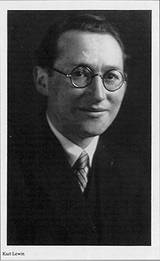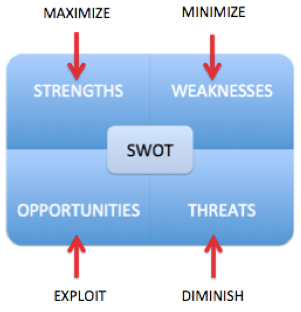 Yesterday’s post looked at some of the implications of Kurt Lewin’s psychological research. Another study he did in 1939 set out to identify different styles of leadership. To look at different styles he studied a group of schoolchildren. The kids were broken up into three groups, each with a different type of leader, one being authoritarian, another democratic, and the last, delegative. To conduct the research, he assigned each of the groups an arts and crafts project and he observed the results.
Yesterday’s post looked at some of the implications of Kurt Lewin’s psychological research. Another study he did in 1939 set out to identify different styles of leadership. To look at different styles he studied a group of schoolchildren. The kids were broken up into three groups, each with a different type of leader, one being authoritarian, another democratic, and the last, delegative. To conduct the research, he assigned each of the groups an arts and crafts project and he observed the results.
The first group operated at the hands of an authoritative leader, one who provided clear expectations of who, what, where, when, why, and how a task needed to be performed. This type of leader typically dictates policies and procedures as well as goals. Acting often as a micromanager, this type of boss directs and controls all activities without meaningful participation by other members of the team.
Lewin’s research found that decision making was much less creative under authoritarian leadership.
This isn’t all bad. If you look back at Lewin’s earlier work that postulated that behaviour was a function of the person in the environment. There are a few environments where this type of leadership is sorely needed. Where there is little time for decision making, as in a crisis situation, an authoritarian leader will thrive. If as well, there is an inexperienced team, this type of leadership is a requisite function for success.
But in the long run, in a stable and experienced environment, an authoritarian leader will fail to deliver upon the potential of the organization.



